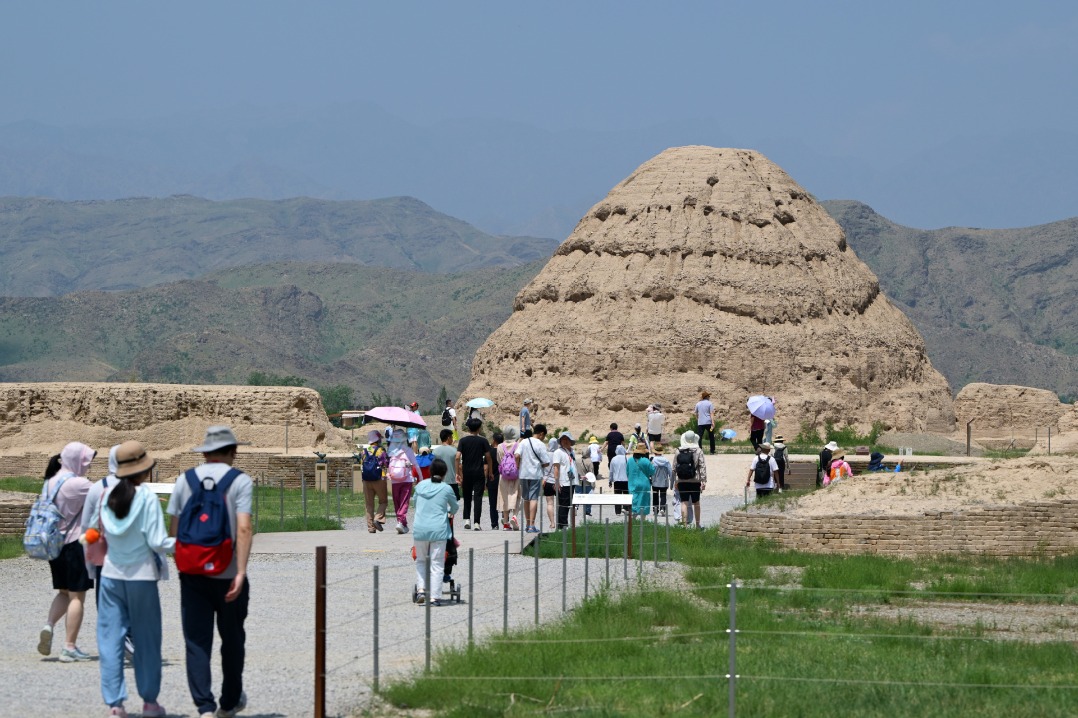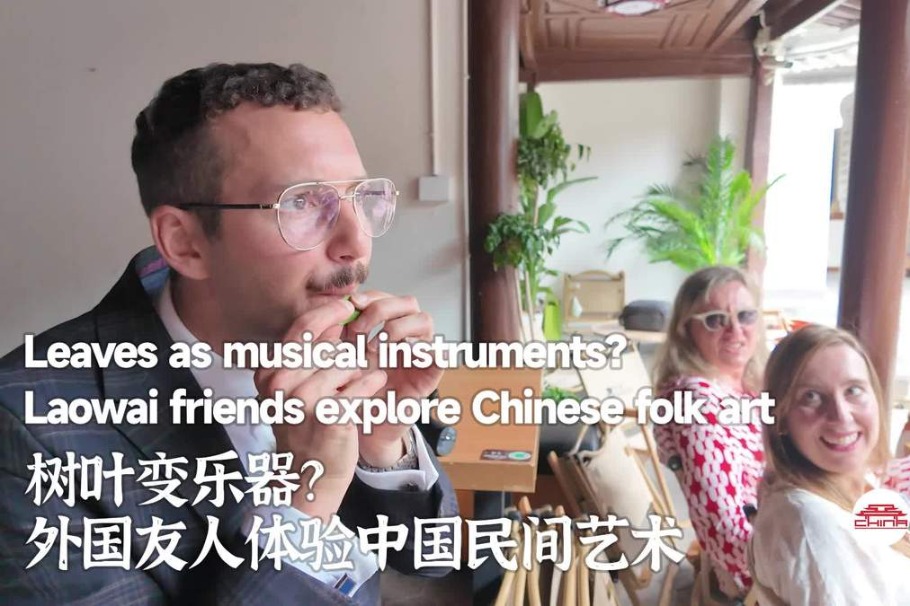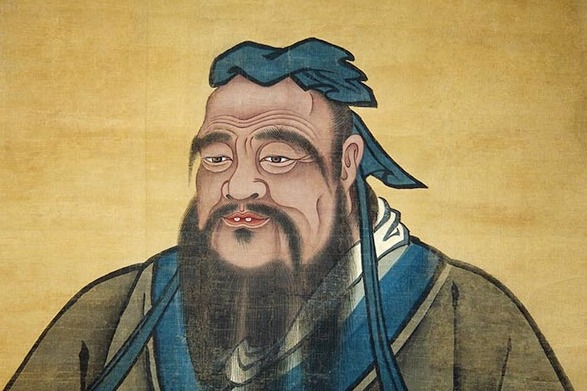Historical town's charm reveals port's resilience






Strolling through the old town of Shantou, an area known as the Small Park historical area, one can almost hear history speaking.
The neighborhood's radiating layout, which preserves its original 1930s appearance, was a people-oriented, modern concept of urban planning at the time, and the rows of qilou (arcade buildings) lining its streets, with their blend of Chinese and Western architectural styles, are declarations of their initial owners' wealth.
"The Small Park area was pivotal to the city of Shantou, as from its heyday until its current revival, it has witnessed every stage of the city's development," says Zheng Yiwei, owner of a 59-year-old snack restaurant called Piaoxiang.
Having recognized the urgency of preserving this carrier of urban memory, local government and citizens have been working for over a decade to record stories, restore historical structures and revitalize the neighborhood, in the hope of attracting more people to experience its story.
"The Small Park area would not have been developed without the participation of overseas Chinese," says Zhang Yaohui, deputy director of the culture, radio, television, tourism and sports bureau of Jinping district, where the old town is located.
A century ago, Shantou's pain at being forced to open as a treaty port for foreign trade in 1860 was interwoven with its commercial and trading success.
Millions of people set sail from the port to take their chances in Southeast Asia. Their gambles paid off as they and their descendants brought back fortunes and investment, supporting their families and contributing to local development.
This care for family and homeland is highlighted at a branch museum of the Shantou Archives dedicated to the city's qiaopi culture — a combination of family letters and remittance certificates from overseas Chinese — which thrived in the 19th and 20th centuries. It was included in UNESCO's Memory of the World Register in 2013.
President Xi Jinping visited the museum during his inspection tour to the old town of Shantou in October 2020, when he pointed out that qiaopi record the strenuous efforts of the older generation of overseas Chinese and their profound love for their hometown and motherland, and embody the credibility and integrity of the Chinese nation.
He emphasized the importance of preserving these documents and strengthening the study of them.
According to Lin Qingxi, the museum's honorary director, it is now home to more than 86,000 physical qiaopi — around 30,000 of which have been recently restored — and more than 150,000 digitalized documents.
Many of the letters reveal the inner struggle of not being able to be with family, and it seems there was no lack of scholars who lived on remittances while at school.
Lin says that around 200 qiaopi agencies, which offered both postal and financial services, were successively established in the old town from the first half of the 19th century until the founding of New China in 1949.
The foreign exchange qiaopi generated played an important role in keeping the local economy prosperous and stable, he adds.
Across from the museum is the Shantou Opening Port Culture Exhibition Hall, where the historical context of the city's opening as a port, its initial modernization and trade development, as well as its transformation as a special economic zone since reform and opening-up began in 1978, is explained.
Housed in a century-old building, the hall received donations from local companies toward restoration and preparation before its founding in 2010. According to Zhang Ruqiang, director of the hall, it received around 280,000 visits in first half of the year.
While the building is one of the first historical structures to be put back in use after restoration, it is by no means the last.
More than 350 qilou have been renovated and their facades restored since 2017, local media say. Among them is the Hu Wen Bao Building, site of a former newspaper and printing press. It is now the Huilan Library, which has an exhibition of local media history, along with books about the past and present of the Small Park area.
"While conserving and revitalizing the old town, we received many old photos from residents. It is through their support and participation that we have been able to experience the area's charm and learn the stories behind these historical buildings," Zhang Yaohui says.
Yang Lurong and Wang Zhengxing contributed to this story.
Contact the writers at fangaiqing@chinadaily.com.cn





























